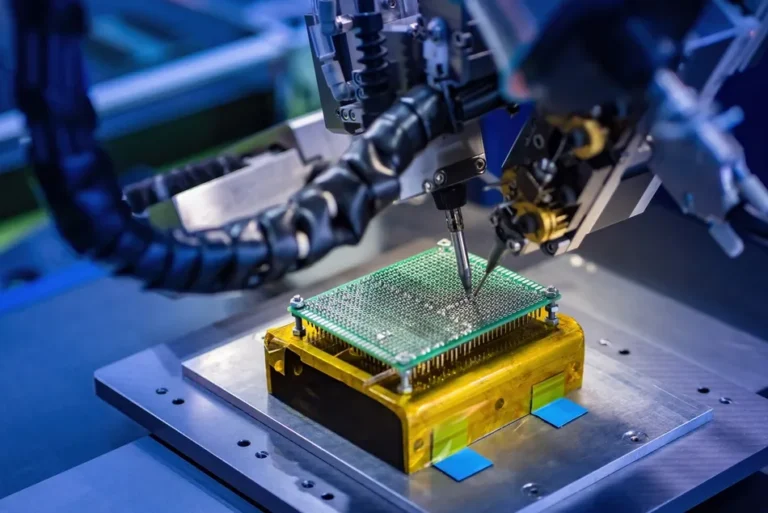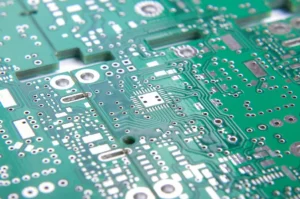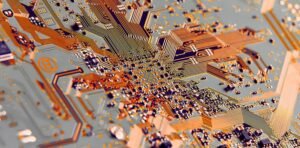A single layer PCB is one of the most widely used printed circuit boards in electronics manufacturing. Known for its simple structure and cost-effectiveness, it is commonly applied in consumer electronics, household appliances, LED lighting, automotive electronics, and industrial equipment. In this article, we will explore what a single layer PCB is, its types, advantages, applications, and how manufacturers like HzInverter ensure high-quality production.
Definition of Single Layer PCB
A single layer PCB is a circuit board that has only one layer of conductive material, typically copper, on one side of the board. The other side is usually reserved for mounting electronic components. Since the conductive paths are limited to one surface, these boards are ideal for simple electronic circuits with low to medium complexity.
Structure of Single Layer PCB
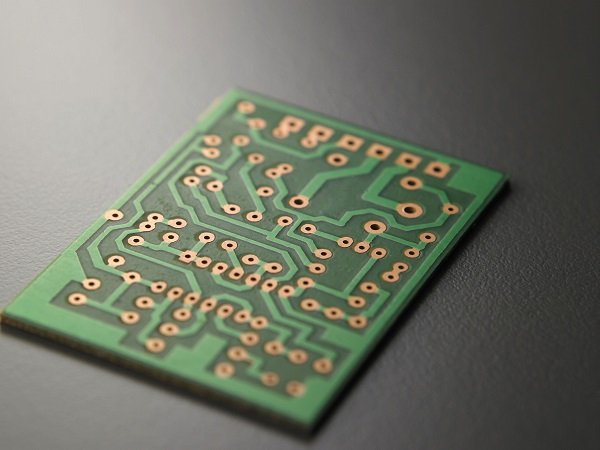
The structure of a single layer PCB consists of three main parts:
- Substrate (base material): Usually made of fiberglass (FR4), phenolic resin, or other insulating material.
- Conductive layer: A thin copper foil laminated onto the base material.
- Protective layer (solder mask and silkscreen): Protects copper traces and provides labeling for component placement.
Types of Single Layer PCB
Single layer PCBs come in different types depending on the base material used:
- FR4 Single Layer PCB: Made from fiberglass epoxy laminate, offering durability and strength.
- Metal Core Single Layer PCB: Commonly used for LED lighting due to excellent heat dissipation.
- Phenolic Paper Single Layer PCB: A cost-effective option for consumer electronics.
- Flexible Single Layer PCB: Designed with flexible substrates like polyimide, allowing bending and fitting into compact devices.
Advantages of Single Layer PCB
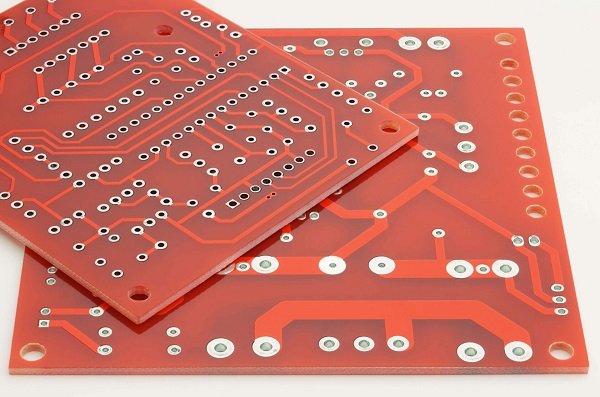
Single layer PCBs are popular because of their unique benefits:
- Low production cost compared to multilayer PCBs.
- Easy design and manufacturing process.
- High reliability for simple electronic applications.
- Faster turnaround time for mass production.
- Lightweight and compact, suitable for consumer devices.
Applications of Single Layer PCB
Single layer PCBs are widely used in:
- LED lighting systems
- Power supplies and chargers
- Printers and calculators
- Automotive electronics
- Radio and stereo equipment
- Simple household appliances
Limitations of Single Layer PCB
Despite their benefits, single layer PCBs also have limitations:
- Not suitable for complex circuits
- Limited routing space for connections
- Lower circuit density compared to double or multilayer boards
- Restricted functionality in advanced electronics
How Manufacturers Ensure Quality in Single Layer PCB

Leading PCB manufacturers like Tenxinjie focus on quality control and advanced production methods:
- Precision etching technology for accurate circuits
- High-quality copper foil and laminates
- Automated optical inspection (AOI) to detect defects
- Strict testing standards before delivery
Future of Single Layer PCB
Even with the rise of multilayer and high-density PCBs, single layer boards will continue to dominate applications where low cost, simplicity, and mass production are priorities. With improvements in materials and manufacturing, single layer PCBs will remain an essential choice for many industries.

